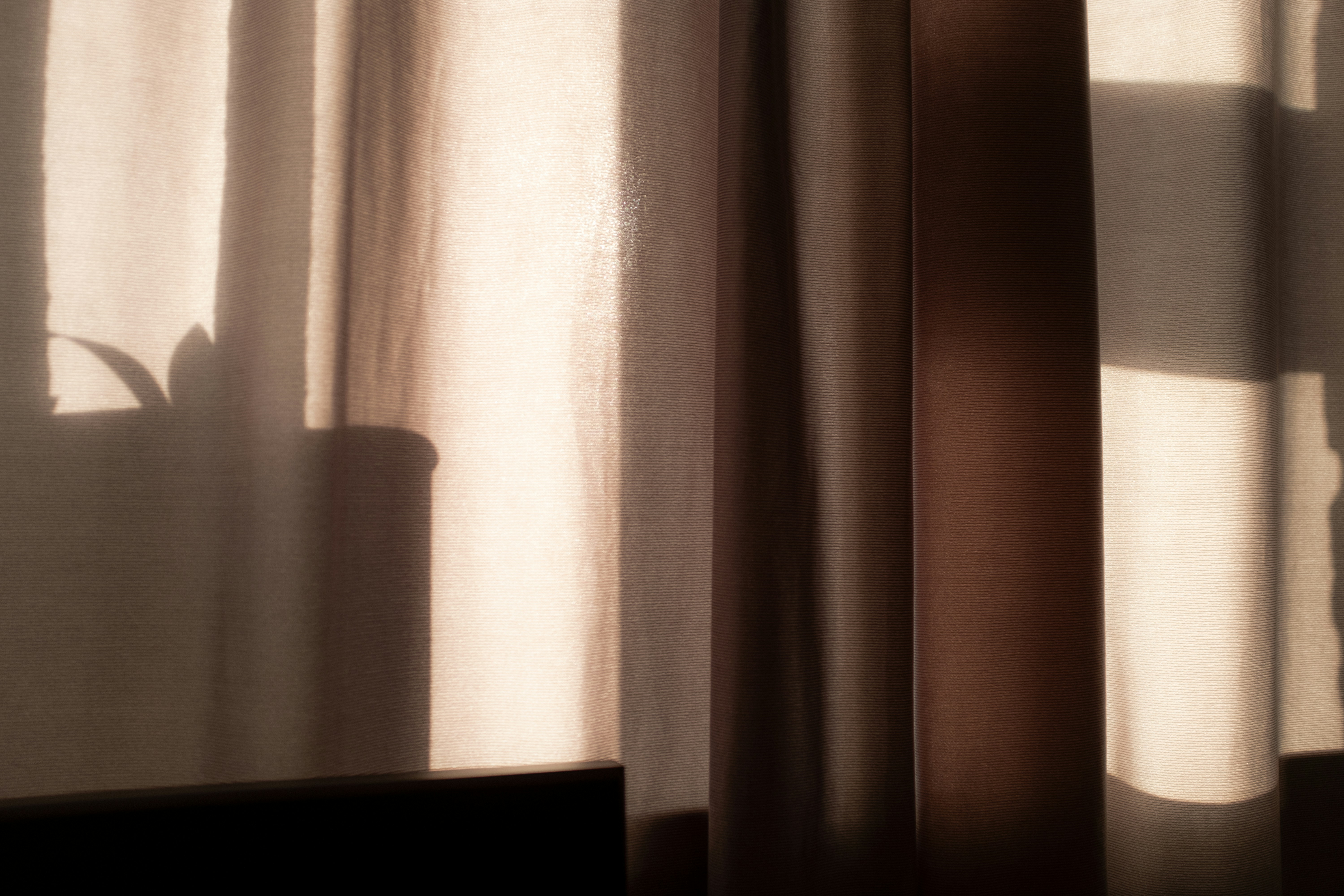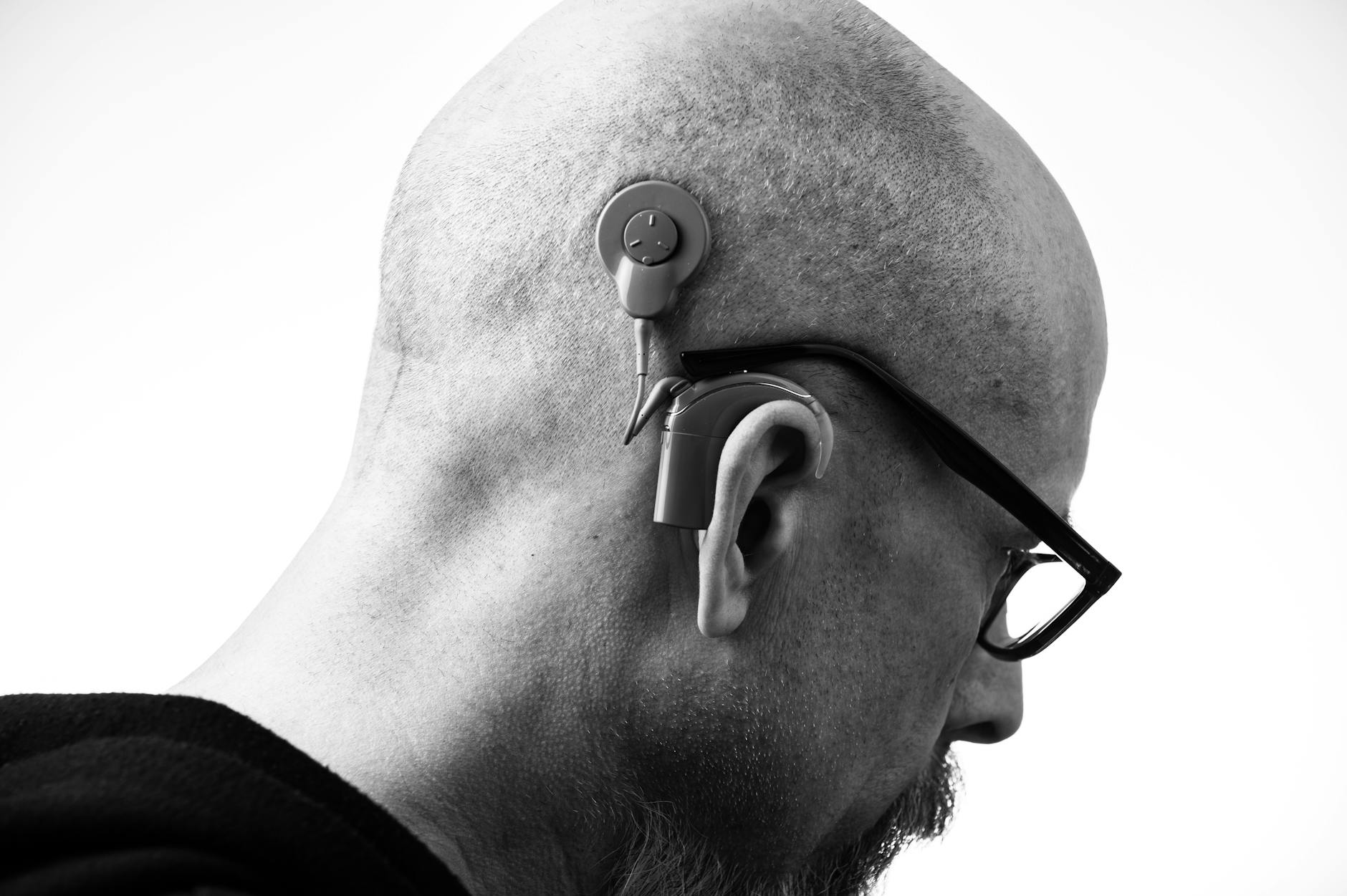One ear suddenly sounds muffled, hollow, or like someone turned down the volume. Maybe there’s a hiss or ring. Maybe you woke up like this. Here’s the big truth: sudden hearing loss is a time-sensitive medical problem. The sooner you act, the better your odds of getting hearing back.
What counts as “sudden” hearing loss?
Clinicians often use this definition: a drop of 30 decibels or more at three neighboring pitches within 72 hours. That’s called sudden sensorineural hearing loss (SSNHL). Translation: your inner ear or hearing nerve took a hit—and it happened fast. It usually affects one ear and may feel like a clogged ear that won’t “pop.”
Not every sudden change is SSNHL (earwax and ear infections are common and usually fixable), but if you notice a rapid change in one ear—especially with ringing (tinnitus), distorted sound, or dizziness—treat it like an emergency and get evaluated promptly.
Why minutes and days matter
Your inner ear is delicate. When it’s inflamed, stressed by a viral or immune trigger, or short on blood flow, hair cells and their nerve connections can struggle. Timely treatment—often corticosteroids—aims to calm that storm. The earlier the intervention, the higher the chance of meaningful recovery. Many guidelines recommend starting treatment as soon as possible, ideally within days (and within two weeks at most) after symptoms begin.
Even if your ear partially improves on its own, it’s still important to be seen quickly. A professional hearing test (audiogram) documents what happened and guides next steps.
Spot the clues: is this the “emergency” kind?
- One ear suddenly sounds muffled or quieter than the other.
- A phone call in that ear is hard to follow, even at higher volume.
- New tinnitus (ringing, hissing, buzzing) in the affected ear.
- Sound feels distorted—voices may seem tinny, buzzy, or “warbly.”
- Sensation of fullness or pressure without relief from swallowing or yawning.
- Possible vertigo or imbalance (not always present).
Things that make SSNHL less likely (but still worth checking): thick earwax you can feel, obvious ear canal blockage, pain with chewing or touching the outer ear (often a different issue), or a head cold with popping that changes with swallowing. Only an ear exam and hearing test can tell for sure.
What to do in the next 24–72 hours
Your rapid-response checklist
- Call an ear specialist now. Ask for same-day/next-day care with an ENT (otolaryngologist) or an urgent referral from your primary care provider. If you can’t get in quickly, urgent care or the ER is reasonable—explain you have sudden hearing loss in one ear.
- Request a timely hearing test. Ask for a diagnostic audiogram with tympanometry. This distinguishes inner-ear loss from a “blocked ear” problem and guides treatment.
- Mention new tinnitus and any dizziness. These are relevant clues.
- Ask about time-sensitive treatments. Corticosteroids (oral and/or directly into the middle ear) are commonly used early. Your clinician will consider benefits and risks for you.
- Do not put drops, oils, or candles in the ear unless advised after an exam. Avoid loud sound exposure while your ear is vulnerable.
If you wear hearing aids and only one ear changed suddenly, don’t just turn up the volume. That can mask a serious issue. Keep your appointment and bring your devices—your audiologist can quickly compare ears and share your hearing history with the ENT.
What causes sudden hearing loss?
In many cases, no single cause is found. Common theories include:
- Viral or post-viral inflammation affecting the inner ear
- Immune system misfires (autoimmune inner ear involvement)
- Blood flow disruptions to the cochlea
- Less commonly, specific inner-ear disorders, trauma, or a benign tumor on the hearing nerve (vestibular schwannoma)
Risk factors may include recent upper respiratory illness, cardiovascular disease risk, or autoimmune conditions. But SSNHL can strike healthy adults too. Bottom line: cause or no cause, the clock matters.
How clinicians separate “blocked ear” from inner-ear loss
Expect a focused, stepwise evaluation:
- Ear exam (otoscopy): Looks for earwax, infection, fluid behind the eardrum, or a perforation.
- Tympanometry: Checks eardrum movement and middle-ear pressure. Normal movement with sudden hearing drop points more toward inner-ear loss.
- Diagnostic audiogram: Measures thresholds across pitches and your ability to understand speech. It’s the gold standard for confirming SSNHL.
- Additional tests as needed: Bloodwork or imaging (like MRI) if your clinician needs to rule out rare causes such as a vestibular schwannoma.
Treatment options you may hear about
Your plan will be individualized. Common evidence-based approaches include:
- Corticosteroids: Often started promptly to reduce inner-ear inflammation. This can be oral (e.g., a short course of prednisone) and/or delivered directly through the eardrum into the middle ear (intratympanic injection) to bathe the inner ear while limiting whole-body side effects. Discuss medical history (diabetes, hypertension, glaucoma, stomach issues) so your clinician can tailor treatment.
- Hyperbaric oxygen therapy (HBOT): Sometimes used early or as “salvage” therapy. Availability and insurance coverage vary; your ENT can advise whether it’s appropriate.
- What’s usually not helpful: Routine antibiotics (unless a bacterial infection is confirmed) and routine antivirals aren’t recommended for most SSNHL cases.
If treatment is started, you’ll typically have a follow-up audiogram to track recovery. Even partial improvement can be meaningful for communication and tinnitus relief.
Recovery: what to expect, and how to thrive if hearing doesn’t fully return
Recovery patterns vary. Some people bounce back substantially; others regain part of their hearing; some have persistent loss or tinnitus. Regardless of the outcome, there’s a path forward.
- Monitoring: Expect repeat hearing tests in the first few weeks to months. Changes can continue over time.
- Hearing technology (if needed): Modern solutions are powerful for one-sided or partial losses. Options include a conventional hearing aid, a CROS/BiCROS system (routes sound from the weaker ear to the better ear), bone-conduction solutions, or, for severe single-sided deafness, a cochlear implant evaluation.
- Tinnitus tools: Sound therapy, hearing aids with tinnitus features, relaxation strategies, and cognitive-behavioral approaches can turn down the distress even if the sound persists.
- Balance support: If dizziness lingers, vestibular rehabilitation can help recalibrate your system.
Gentle encouragement: You don’t have to white-knuckle this alone. An audiologist can translate your test results into practical listening strategies and device options, while an ENT guides the medical side. Together, they’re your recovery team.
Myth vs. reality
- Myth: “It’s probably just earwax; I’ll wait it out.” Reality: Maybe—but SSNHL can feel exactly like a blocked ear. Waiting can cost precious time. Get examined.
- Myth: “If it gets a little better, I’m fine.” Reality: Partial improvement doesn’t rule out SSNHL. Early documentation and follow-up still matter.
- Myth: “Loud music caused my sudden drop last night.” Reality: Noise typically damages hearing gradually or after a single extreme blast. A sudden overnight change suggests a different mechanism—get checked.
Action plan you can save
Print or screenshot this and share it with family.
- 1. One ear suddenly worse? Treat as urgent.
- 2. Seek same-day/next-day ENT or urgent care; ask for an audiogram and ear exam.
- 3. Say: “I developed sudden hearing loss in my left/right ear today/yesterday with ringing. I’m concerned about SSNHL. Can we do a hearing test and discuss time-sensitive treatment options?”
- 4. Avoid putting anything in the ear until examined.
- 5. Protect both ears from loud sound while you recover.
Can you prevent sudden hearing loss?
You can’t eliminate all risk, but you can support ear health:
- Protect your ears from loud sound (concerts, tools, sports events). Carry quality earplugs.
- Keep your cardiovascular health in check—manage blood pressure, cholesterol, diabetes, and don’t smoke. What’s good for blood vessels is good for cochleas.
- Prioritize sleep, movement, and stress management—your inner ear likes a stable internal environment.
- Address chronic ear or sinus issues with your clinician to reduce confusion if hearing changes suddenly later.
A final nudge
If this article describes what you’re experiencing right now, press pause on reading and call an ENT or audiology clinic. If they can’t see you quickly, go to urgent care or the ER and use the phrase “sudden hearing loss.” Acting fast is one of the few levers you control—and it can make a real difference.
Further Reading
- Sudden Hearing Loss? Don’t Wait—The 72‑Hour Window That Can Save Your Hearing (Hearing Loss) - Sudden Hearing Loss Needs Speed: Treatments and the Critical Window (Treatment) - Sudden Hearing Loss: The 72-Hour Treatment Playbook (What to Do Now) (Treatment) - That Clogged, Echoey Ear: Adult Eustachian Tube Dysfunction and Your Hearing (Hearing Loss)Frequently Asked Questions
How do I know if it’s earwax or sudden sensorineural hearing loss?
You can’t know for sure without an ear exam and a hearing test. Earwax often causes a gradual, blocked feeling and is common after water exposure or if you use cotton swabs. SSNHL can feel similar but usually appears suddenly, may include new tinnitus or distortion, and doesn’t improve with swallowing or yawning. Don’t guess—get examined promptly.
Is there a time limit for treatment?
Yes—earlier is better. Many guidelines emphasize starting treatment as soon as possible, ideally within days, and within two weeks at the latest. If you’re even close to that window, seek care immediately and ask about time-sensitive options.
Could this be related to a recent cold or COVID-19?
Some cases of SSNHL occur after viral illnesses, including respiratory infections. That doesn’t change the action steps: get an ear exam and a hearing test quickly and discuss treatment with an ENT. Mention the recent illness when you’re evaluated.
If my hearing doesn’t fully return, what are my options?
Plenty. Depending on your audiogram, options include a conventional hearing aid, CROS/BiCROS routing, bone-conduction solutions, or a cochlear implant evaluation for severe single-sided loss. Tinnitus tools and vestibular rehab can also help. An audiologist can tailor a plan to your hearing and lifestyle.


